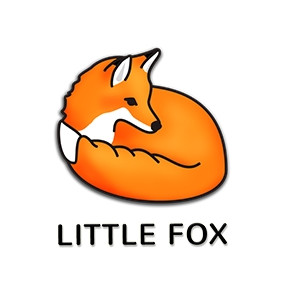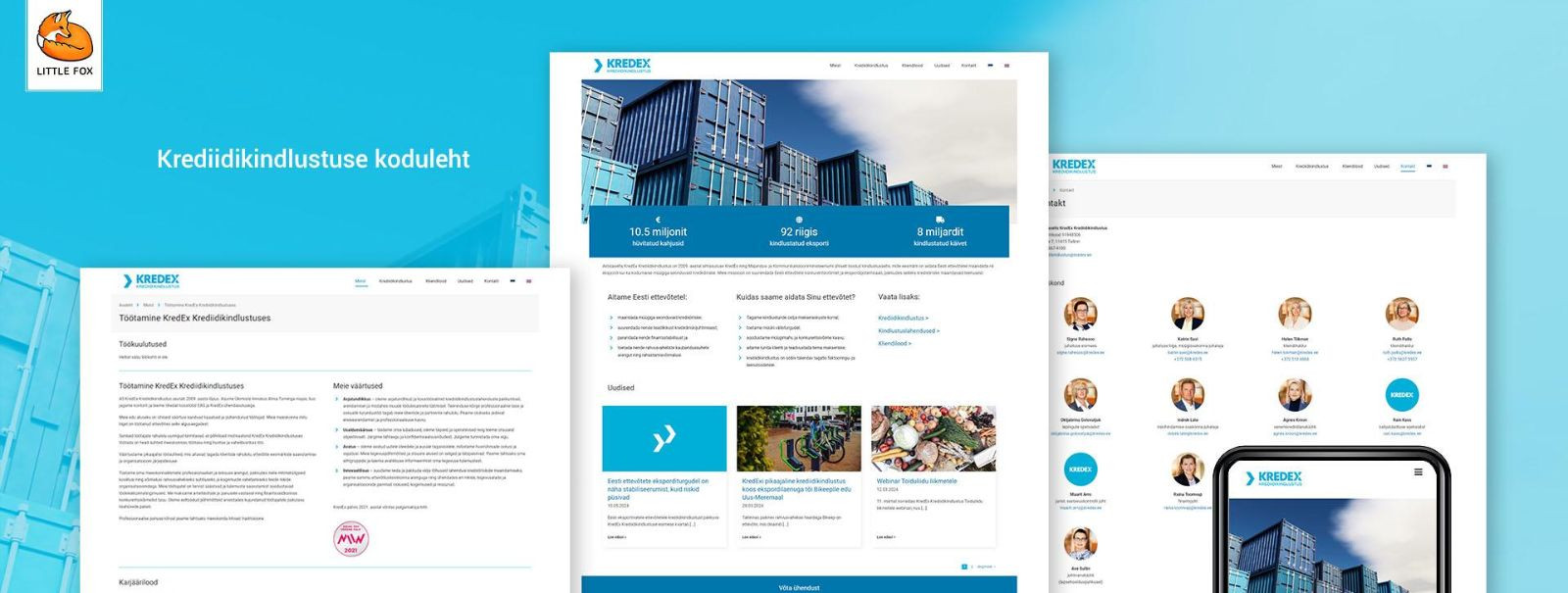The importance of user-friendly web design
In today's digital age, a website is often the first point of contact between a business and its potential customers. For small to medium-sized businesses and creative professionals, having a user-friendly web design is crucial to making a positive first impression. User-friendly web design is not just about aesthetics; it encompasses functionality, accessibility, and an intuitive user experience that can significantly impact a brand's online presence.
Key Elements of User-Friendly Web Design
Navigation is the backbone of any website. It should be simple, clear, and intuitive, allowing users to find the information they need quickly and efficiently. A well-structured navigation menu helps reduce bounce rates and encourages users to explore more of the website.
With the increasing use of mobile devices, responsive design has become a necessity. A responsive website adapts seamlessly to different screen sizes and resolutions, providing an optimal viewing experience across all devices. This flexibility ensures that users have a consistent experience, whether they are browsing on a desktop, tablet, or smartphone.
In a fast-paced world, users expect websites to load quickly. Slow loading times can frustrate users and lead to higher bounce rates. Optimizing images, leveraging browser caching, and minimizing code are some of the strategies to improve website speed and performance.
Accessibility is an essential aspect of user-friendly web design. Websites should be designed to be inclusive, catering to users with disabilities. This includes providing alternative text for images, ensuring keyboard navigability, and using accessible color contrasts.
While functionality is crucial, aesthetics play a significant role in attracting and retaining users. A visually appealing design with a harmonious color scheme, typography, and imagery can enhance the overall user experience and reflect the brand's identity.
Benefits of User-Friendly Web Design
A user-friendly website provides a seamless and enjoyable experience for visitors. When users can easily navigate and interact with a website, they are more likely to stay longer and engage with the content.
User-friendly design encourages visitors to explore more pages and spend more time on the site. This increased engagement can lead to higher retention rates and a stronger connection with the brand.
Search engines prioritize websites that offer a great user experience. User-friendly design elements such as fast loading times, mobile responsiveness, and clear navigation can improve a website's search engine ranking, making it more visible to potential customers.
Ultimately, a user-friendly website can lead to higher conversion rates. By providing a smooth and enjoyable experience, businesses can guide users towards desired actions, such as making a purchase or signing up for a newsletter.
Challenges in Implementing User-Friendly Web Design
One of the main challenges is finding the right balance between aesthetics and functionality. While a visually stunning design is important, it should not compromise the usability and performance of the website.
The digital landscape is constantly evolving, with new technologies and trends emerging regularly. Staying updated with these changes and incorporating them into web design can be challenging but is essential for maintaining a competitive edge.
Designing a user-friendly website requires a deep understanding of user behavior and preferences. Conducting user research and testing can provide valuable insights into how users interact with a website and what improvements can be made.






Comments (0)